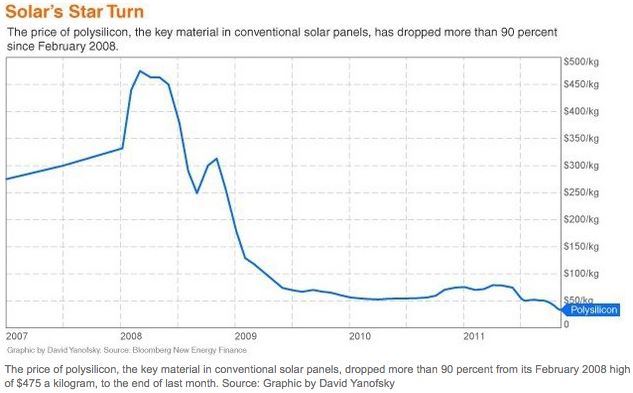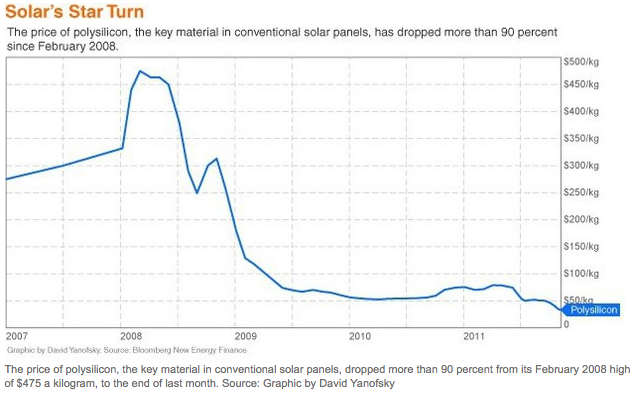The myth of Solyndra drives me a little nuts. I was the Senate Energy staffer in charge of financing programs - worked on the original program in the 2005 law, wrote the modifications creating "1705" in ARRA, and created the ATVM program for vehicle manufacturing. https://twitter.com/Sammy_Roth/status/1250471916684496896">https://twitter.com/Sammy_Rot...
So, I& #39;ve lived quite a bit of this program. A few points about Solyndra. First, Republicans wanted it to be a story about corruption - that Obama political actors channeled money friends and made a bad deal for the taxpayers in the process. This is unadulterated bullshit.
Solyndra was one of the first applications in the door during the Bush Admin. It had been in process for a long time and was simply the application that was farthest along. The head of the loan office at the time was a career guy (former OPIC).
Neither he, nor any of the politicals had any interests in Solyndra and the private sector investors were donors, like most rich people, to both parties. And the pressure to move loans from Congress was certainly bipartisan. I watched Domenici yell in many hearings about it.
Those private sector investors, BTW, lost about $1 billion on Solyndra, far more than the US loan. Was Solyndra a bad bet? Not when they started. Here is what polysilicon prices looked like at the time.
It was the key price driver for solar and looked like it would rise forever. Look at that run up in 2008 as solar began to take off in Germany and the US! The theory behind Solyndra was maximize to production of this expensive substance.
By rolling it in a tube, and encasing it in glass, you could not only use the direct rays, but the ones that reflected back off the white painted roof. Plus, since it didn& #39;t catch wind like traditional panels, you could put it on old, big, flat roofs like warehouses.
All in, particularly with easier installation, Solyndra racks were very competitive with traditional solar, and they could be used in some applications that traditional panels couldn& #39;t. With technology improvements, Solyndra had a path to beating the big players.
So, what happened? In a word, China. China went all in on solar manufacturing and not only started flooding the market with cheap panels, they brought a huge amount of polysilicon smelting on line and flooded the market.
Bringing back this chart, you can see that between the global economic crisis driving down demand and an explosion in supply, the price of polysilicon dropped from almost $500 per kg to under $100 per kg, in about a year!
A fundamental premise of Solyndra& #39;s value proposition, that polysilicon was precious and should be used sparingly to maximum efficiency, was turned on its head. Suddenly solar panels were a cheap commodity. Great for the world, not great for engineering-intensive Solyndra.
Was this predictable? Maybe, but lots of people bet big money against this outcome and lost. It happens all the time in technology. Did the taxpayers lose out? Hard to say. Solyndra built manufacturing in the US that wouldn& #39;t otherwise have been here.
Millions of dollars were spent on US suppliers and thousands of workers over several years worked and paid taxes and spent money in the US that might not have otherwise been spent. We also minted a bunch of engineers that have gone on to do good things in clean energy.
The biggest loss is how much it scared us from trying to good things anymore. If it had happened a year earlier, we might not have loaned to Tesla and Nissan. We wouldn& #39;t have returned auto manufacturing to the CA NUMMI plant, wouldn& #39;t have battery manufacturing in TN.
Probably wouldn& #39;t be a global leader in EV manufacturing. Or maybe it would have been fine, since then Solyndra would have been under Bush and Republicans would have shrugged and said that "it& #39;s just the way innovation works."
Anyway, one good thing is, we have a new heuristic. As soon as someone starts ranting about Solyndra as a boondoggle or an example of how government can& #39;t do good things, you know they are an ignorant ideologue. You can safely ignore the rest of the words from their mouth.

 Read on Twitter
Read on Twitter



